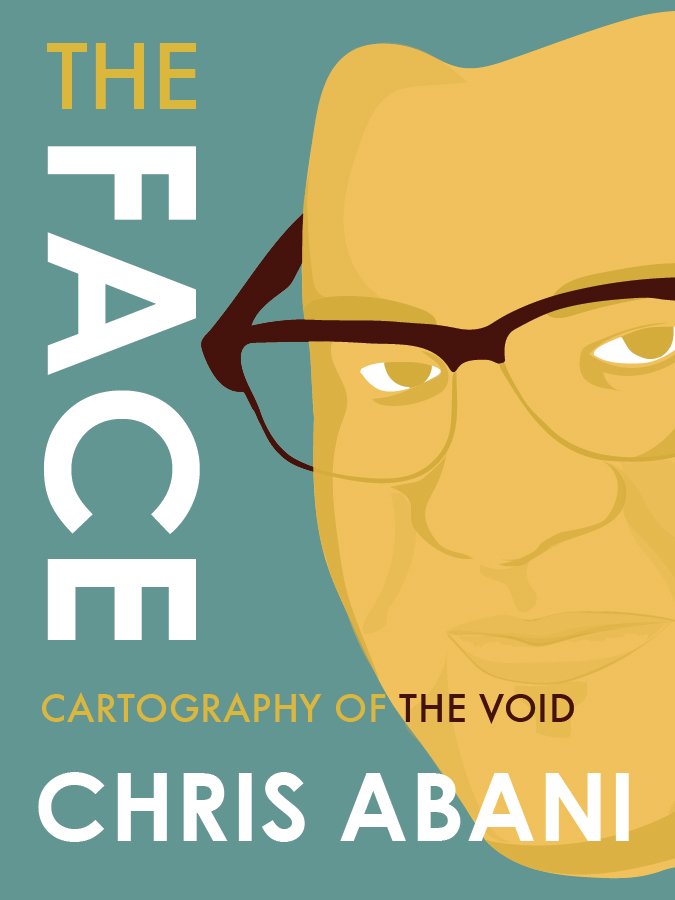Yes, I’m Black! Here’s why.Posted in Articles, Autobiography, Media Archive, United States on 2016-06-17 14:45Z by Steven |
Medium
2016-06-16
Megan Madison, Doris Duke Fellow
School for Social Policy and Management
Brandeis University, Waltham, Massachusetts
Part of an EmbraceRace series on “mixed-race” identity.
Based on how people identify themselves, and accounting for their parents’ and grandparents’ identities, the Pew Research Center recently found that 7% of US adults are “mixed-race.” Mixed-race kids are at least double that proportion of all children.
The mixed-race population is the fastest-growing racial group in the country and, although most people who could identify as multiracial do not, they are a fast-growing political force as well.
EmbraceRace invited members of our community to talk about their experiences as mixed-race people. We provided Dr. Maria Root’s 1993 Bill of Rights for People of Mixed Heritage as a prompt, which several writers identified as crucial to their own early development as multiracial/mixed- race people. We asked them to use it in any way they wished, or not at all.
Below you’ll find “Yes, I’m Black! Here’s Why,” by Megan Madison.
It was Passover. And as an anti-bias educator, I couldn’t help using the Exodus story as an opportunity to talk about civil disobedience, to talk about the difference between just laws and unjust laws. And just as we were discussing the bravery it must have taken Moshe to stand up to Pharaoh, the GPS interrupted, instructing us to turn left onto MLK Blvd.
“Do you know who Martin Luther King Jr. was?” I asked.
“Yeah. I know already.” My white 8-year-old nephew in the backseat rolled his eyes. “The busses and everything.”
We talked for a while longer about risk, and courage, and sticking up for what we believe in. And then came the question that triggered in me a familiar warm wash of shame and panic: “You’re black?” he asked.
I glanced up at my reflection in the rearview mirror.
“Yep. I’m Black,” I replied, doing my best to convey the assuredness that I’ve learned can sometimes protect me from further interrogation. The air of confidence that might just save me from having to justify my existence one more time, spare me from having to trot out version #7,280 (5 times per week x 52 weeks per year x 28 years — rough estimate) of the speech I’ve given since childhood…
Read the entire article here.



